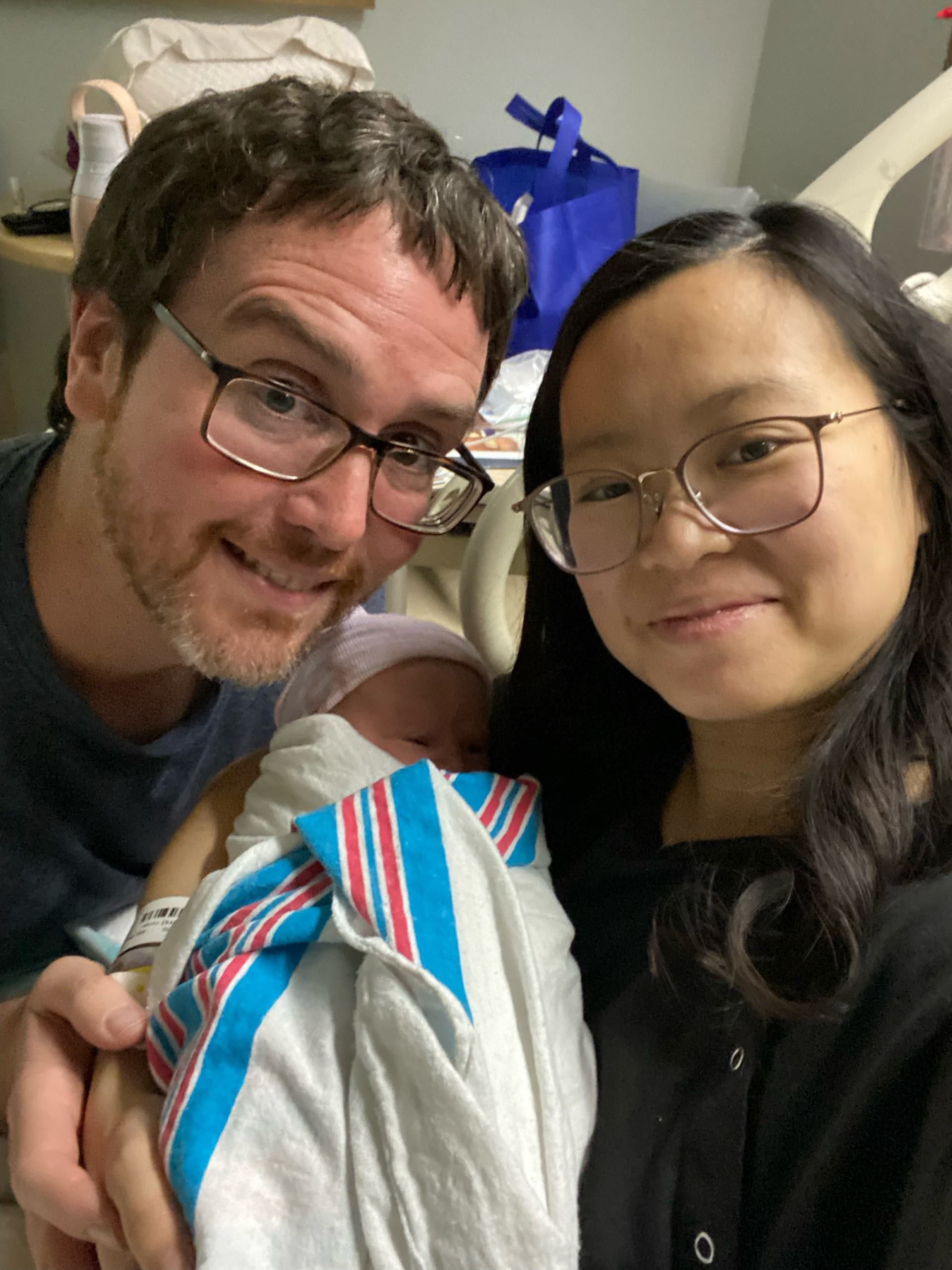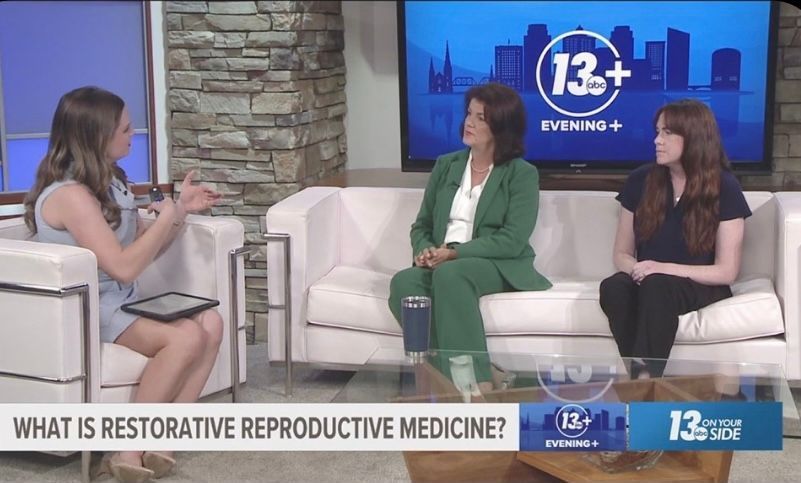Pregnancy is an exciting time full of rapid changes. In up to 10% of pregnant women, a condition called gestational diabetes mellitus (“GDM”) can develop because of hormonal changes and cause expectant women to feel discouraged or even guilty. This article seeks to help these women understand the condition, realize they are not at fault, and, most importantly, empower them with positive ways to have a healthy pregnancy. The diagnosis of GDM is an opportunity to become even healthier than you were before you became pregnant.
Please note: While aimed at women with GDM, the information below can be applied to many women in all stages of life. Blood sugar control is important for everyone!
2nd & 3rd trimesters (13 weeks onward)
- Estrogen & progesterone levels continue to rise; insulin levels continue to rise
- Slight insulin resistance develops as a normal part of this stage of pregnancy
- Hormones from the fully developed placenta now kick in, asking the insulin-producing pancreas to work 2-3 times harder to overcome insulin resistance
1.
Screening
Everyone gets screened at 24-28 weeks, which involves drinking 50 grams of glucose (the Glucola drink) then testing to see how much glucose is still in your blood after 1 hour. Those with risk factors are screened earlier in pregnancy.
2.
3-hr Glucose Tolerance Test
If the screening result is elevated, we bring patients back for another test that looks at how well glucose is used over a long period of time. Elevated results from this 3-hour test indicate gestational diabetes.
“When a pregnant woman has gestational diabetes, the ‘doors’ to her cells don’t always allow glucose in, resulting in insulin resistance. When this occurs, the glucose is forced to continue traveling through her circulation searching for any ‘door’ that will allow it to enter. Unfortunately, a woman’s placenta and umbilical cord to the baby have huge ‘doors’ that allow all that excess glucose to be dumped.
When the baby’s little pancreas notices all this extra glucose coming towards it, it goes into overdrive and starts producing large amounts of insulin to combat all this extra sugar. Insulin is a growth hormone and causes babies to grow so this can cause high birthweight, difficult deliveries, and increased risk of stillbirth.
After delivery, the baby’s pancreas is still working overtime; however, the umbilical cord has been cut, so there is no longer an excess of blood sugar. This causes the baby to have too much insulin, and too little blood sugar, which can cause difficulties ‘normalizing’ after birth (jittery baby, rapid respirations, etc.). Often babies of moms with uncontrolled blood sugar will require admission to NICU.
I stress to moms over and over: it’s not the diagnosis that puts your baby at risk. It’s the uncontrolled sugars, which you can control! When sugar levels are controlled well, the baby has an excellent chance of being born healthy and without complications, equal to that of a non-GDM mom.”
Choose Your Response
After a woman is diagnosed with GDM, what’s next? We believe attitude and empowerment go along way in determining how the rest of the pregnancy goes. There are two ways to think about the diagnosis:
1. Focusing on the unhealthy, sad outcomes
OR – hopefully –
2. Focusing on the positive, healthy, happy outcomes that occur with well-managed blood sugar.
Let’s Think Positive!
Positive thoughts are healthy thoughts, and healthy thoughts lead to healthy habits!
Positive Thought #1:
GDM is very manageable!
Changing one’s diet, increasing physical activity, performing self-monitoring of glucose levels, and maintaining frequent contact with a knowledgeable healthcare team can have a major positive impact on blood sugar levels. This group of actions are the first line of treatment for GDM.
Sometimes, this may be all that is needed to manage blood sugar levels and have a healthy pregnancy. After one or two weeks, if blood sugars are not improving with changes to these habits, we will help the woman manage with oral medication in addition to continuing to work at food and fitness habits.
Working closely with a knowledgeable healthcare team is very important, including a Certified Diabetes Educator. It is important to understand how certain types and amounts of carbohydrates affect blood sugars. A knowledgeable healthcare team will help a woman learn how to choose low glycemic index (GI) carbs, what a glycemic load (GL) is, and why it is important.
Exercise is a great way to manage blood sugar issues because it speeds up use of any extra glucose floating around in the bloodstream and it helps to re-sensitize our cells to the action of insulin. The goal is 30 minutes of moderate intensity activity, 3 to 4 days per week. If this sounds like a lot, start by adding 10 minutes of extra movement to the day, perhaps after each meal.
It is important to note that blood sugar management during pregnancy is a moving target because hormones are constantly changing and hormones affect how insulin works. It is possible to make all the right changes and still need to adjust the treatment plan. Again, this highlights the need for good self-monitoring and frequent contact with a knowledgeable healthcare team.
POSITIVE THOUGHT #2:
The positive habits created after a GDM diagnosis can last a lifetime.
GDM can be a catalyst for change and blessing in disguise. For many women, after the initial hard work to master nutrition basics, these routines will become part of their “new normal.” Women discover how good they feel when their blood sugar is balanced, and never want to go back!
The same goes for key exercise basics like getting 30 minutes of brisk activity in most days per week. Working at this during pregnancy may turn swimming, dancing, or at-home workout DVDs into a healthy way to de-stress after a long but exciting day of caring for a newborn!
(Want tips on Exercise during Pregnancy? Click here.)
POSITIVE THOUGHT #3:
Most cases of GDM go away after baby is born.
No more pregnancy hormones, no more blood sugar issues. While the mother who had GDM will remain at elevated risk for diabetes, heart disease, and GDM in future pregnancies, in most cases GDM resolves after delivery. A healthcare provider should perform a secondary glucose test 6 weeks post-partum to ensure that levels have returned to normal.
Healthy Habits For Gdm Management
- Plan your meals
- Learn 7 easy, healthy recipes (see below for a couple of ideas) for go-to breakfast, lunch, or dinner
- Make and stick to a shopping list
- Check carb content on labels (15 grams = serving)
- Eat a big, calorie-dense breakfast
- Eat more of the day’s calories in the beginning of the day, rather than at the end of the day
- Eat more fiber, protein, and healthy fats
2. Prepare for exercise
g. Get walking shoes with good support
h. Find something fun to do at home
3. Enlist help
i. Ask a friend or family member for support
j. Sign up for fitness coaching at a local gym
k. Sign up for health coaching at Reply
l. Join online support groups
4. Stay positive – No one is expected to be perfect!
Health Coaching For Change
It is possible for a woman with gestational diabetes to manage her blood sugar naturally, deliver a healthy baby, and continue to make healthy choices in the post-partum phase (and beyond!) to avoid the conditions associated with GDM.
Health coaching helps women map out the small changes they need to make for long-term health. Working with a health coach is all about setting goals, developing a personalized plan to achieve those goals, and developing personal strategies for overcoming barriers to the execution of that plan.
Bottom Line
Gestational diabetes happens because of hormonal changes that are natural to pregnancy. Thinking positive and learning to manage blood sugar during pregnancy can help an expecting mother achieve the best of health of her life as she navigates parenthood. Everyone should have blood sugar control on their health radar, and sometimes a GDM diagnosis is the blessing in disguise that helps us realize that.
References
American Diabetes Association. Gestational diabetes mellitus. Diabetes Care. 2003;26 Suppl 1:S103-S105.
Kim C, Berger DK, Chamany S. Recurrence of gestational diabetes mellitus: a systematic review. Diabetes Care. 2007;30(5):1314-1319.
Boinpally T, Jovanovic L. Management of type 2 diabetes and gestational diabetes in pregnancy. Mt Sinai J Med. 2009;76(3):269-280.
Gestational diabetes: prevention. Mayo Clinic website. https://www.mayoclinic.com/health/gestational-diabetes/DS00316/DSECTION=prevention. January 10, 2018.
Mottola MF. The role of exercise in the prevention and treatment of gestational diabetes mellitus. Curr Sports Med Rep. 2007;6(6):381-386.
________________________
Recipes
Quick (Leftover) Veggie Fritatta
• 4 eggs
• ¼ cup liquid such as whole milk, bone broth, or miso soup
• ¼ teaspoon herbs of your choice (parsley, oregano, thyme, basil, etc.)
• 1 cup leftover cooked vegetables (wilted spinach, collards, kale, roasted veggies, etc.)
• 2 teaspoons butter or coconut oil
• Salt and pepper to taste
Preheat oven to 350°. Beat all ingredients, except butter, together in a big bowl. Heat butter or coconut oil in a heavy, non-stick pan on medium high heat. Pour in egg mixture. Turn heat down to low medium and cook for 5-10 minutes then transfer to the oven for 2-3 minutes or until set. Transfer to cutting surface and serve with a salad for a full meal!
Overnight Vanilla Chia Pudding
• 1 cup milk (whole, organic whole, or unsweetened coconut milk if dairy intolerant)
• 3 tablespoons chia seeds
• 1 squirt of liquid stevia (optional)
• ¼ teaspoon vanilla extract (or cinnamon if you prefer)
Can be topped with unsweetened coconut, raw almonds, fresh fruit, etc.
Put everything into a jar. Put the lid on and give a shake. Put it in fridge. Ready in 30 minutes. Prep it before bed and wake up to a dessert-like breakfast.
Quick set method: Heat the milk before you add it to the seeds.
Chocolate Avocado Pudding
• 2 ripe avocados
• ¼ cup milk (whole, organic whole, or unsweetened coconut milk if dairy intolerant)
• ¼ cup unsweetened cocoa powder
• 1 tsp vanilla extract
• 1 squirt of liquid stevia (optional)
• A pinch of salt
Blend (electric blender is best) everything together until smooth.
ENJOY!











